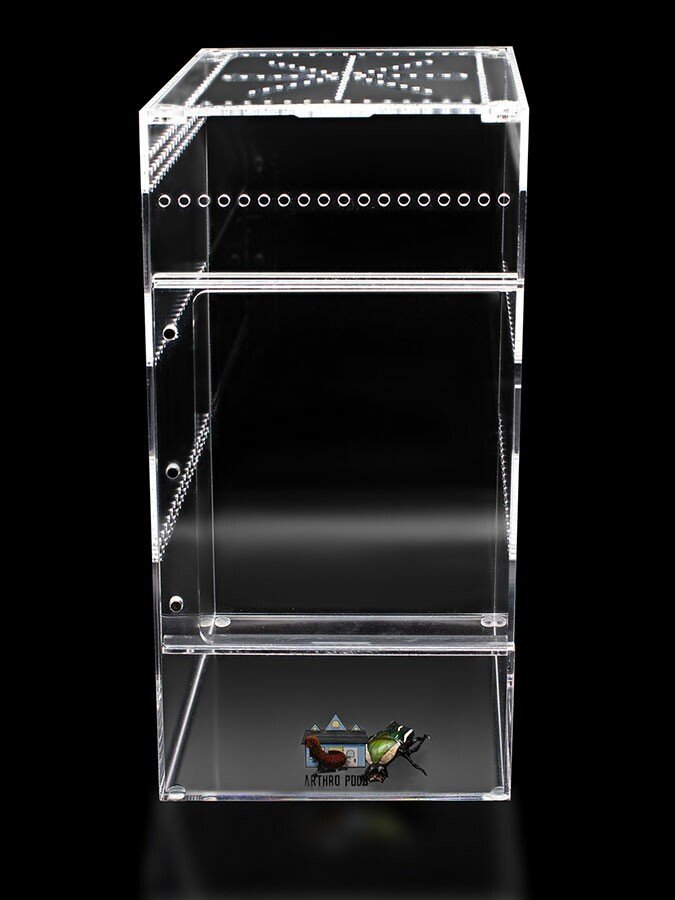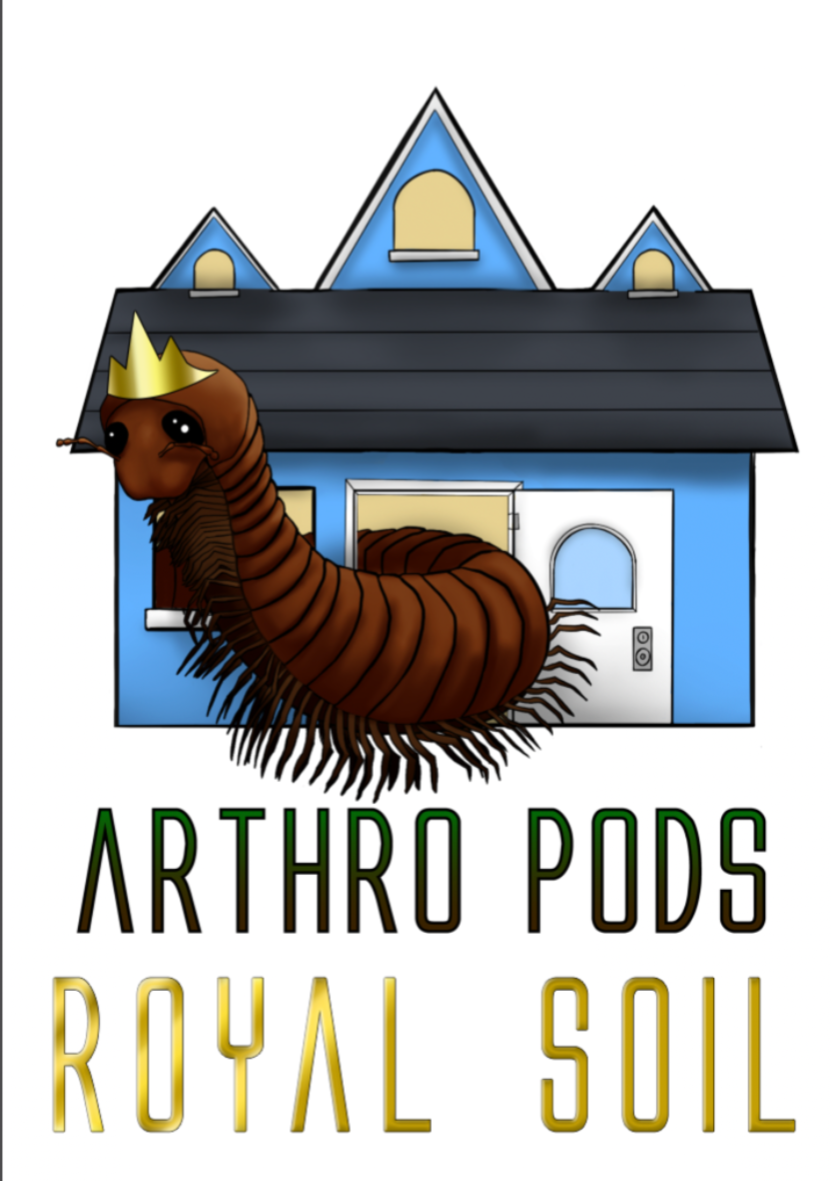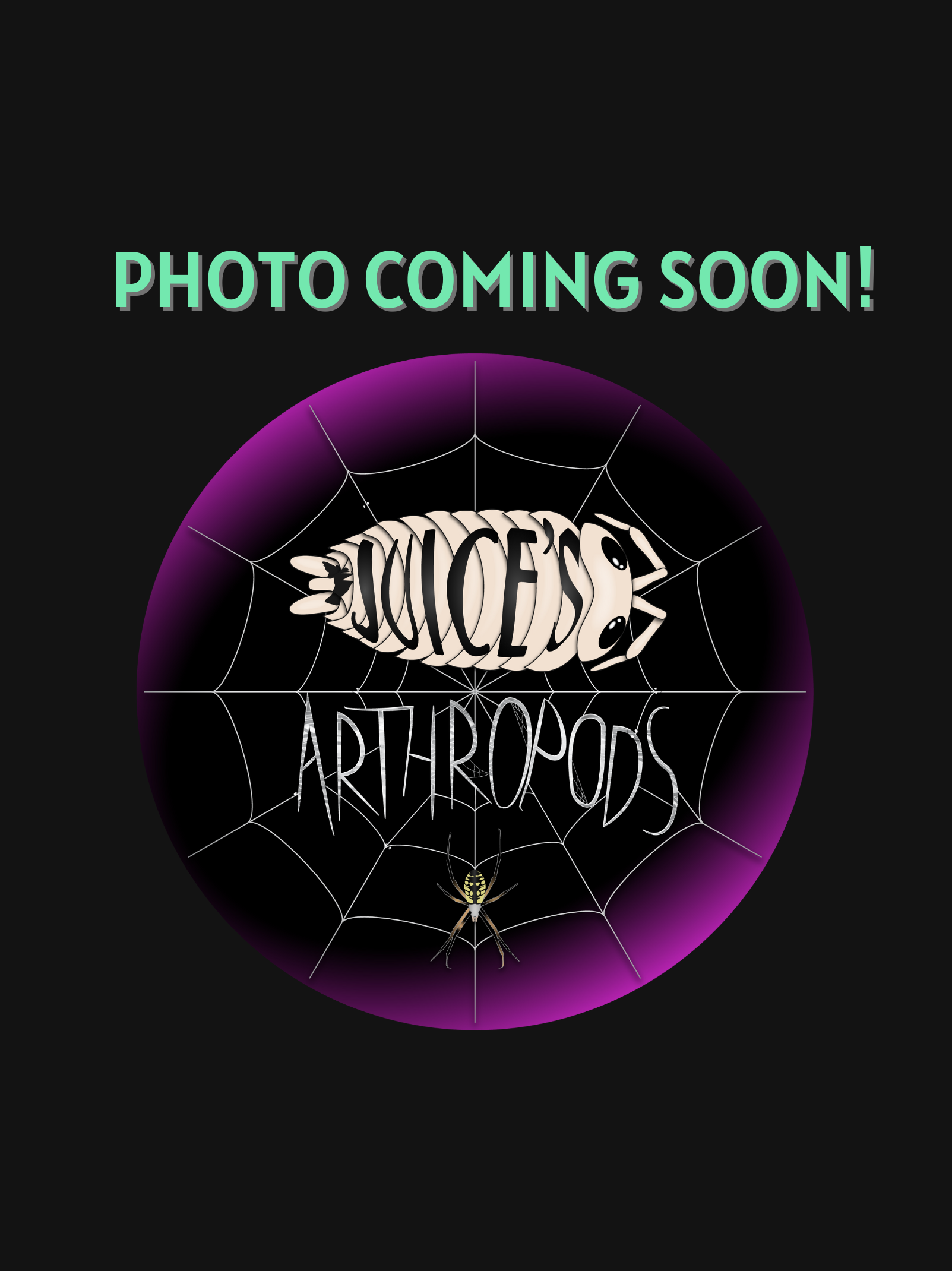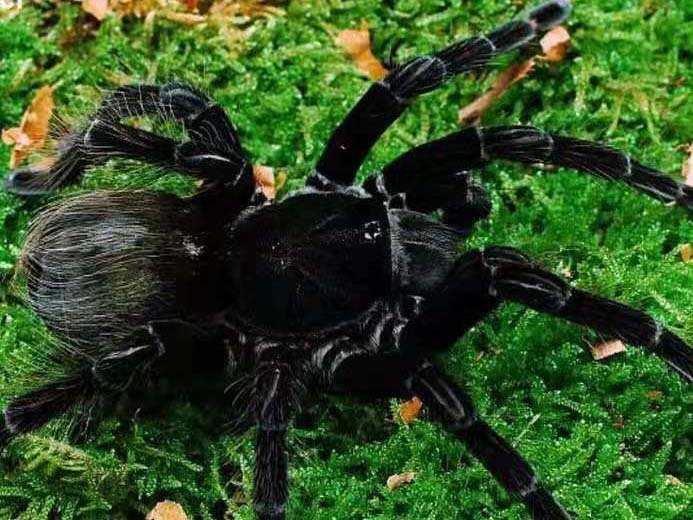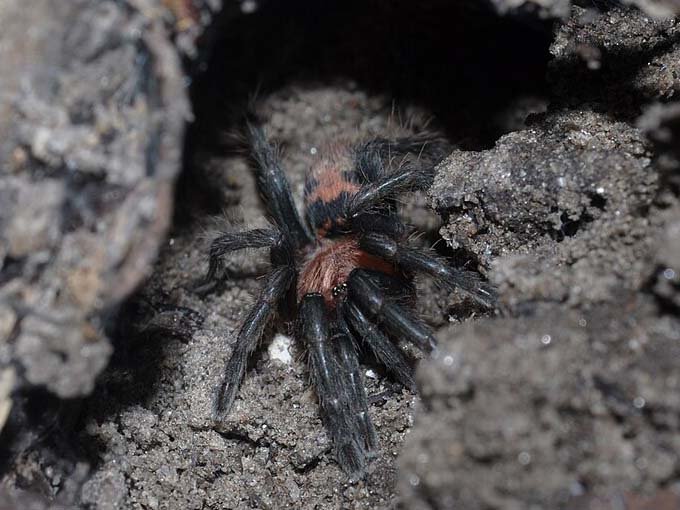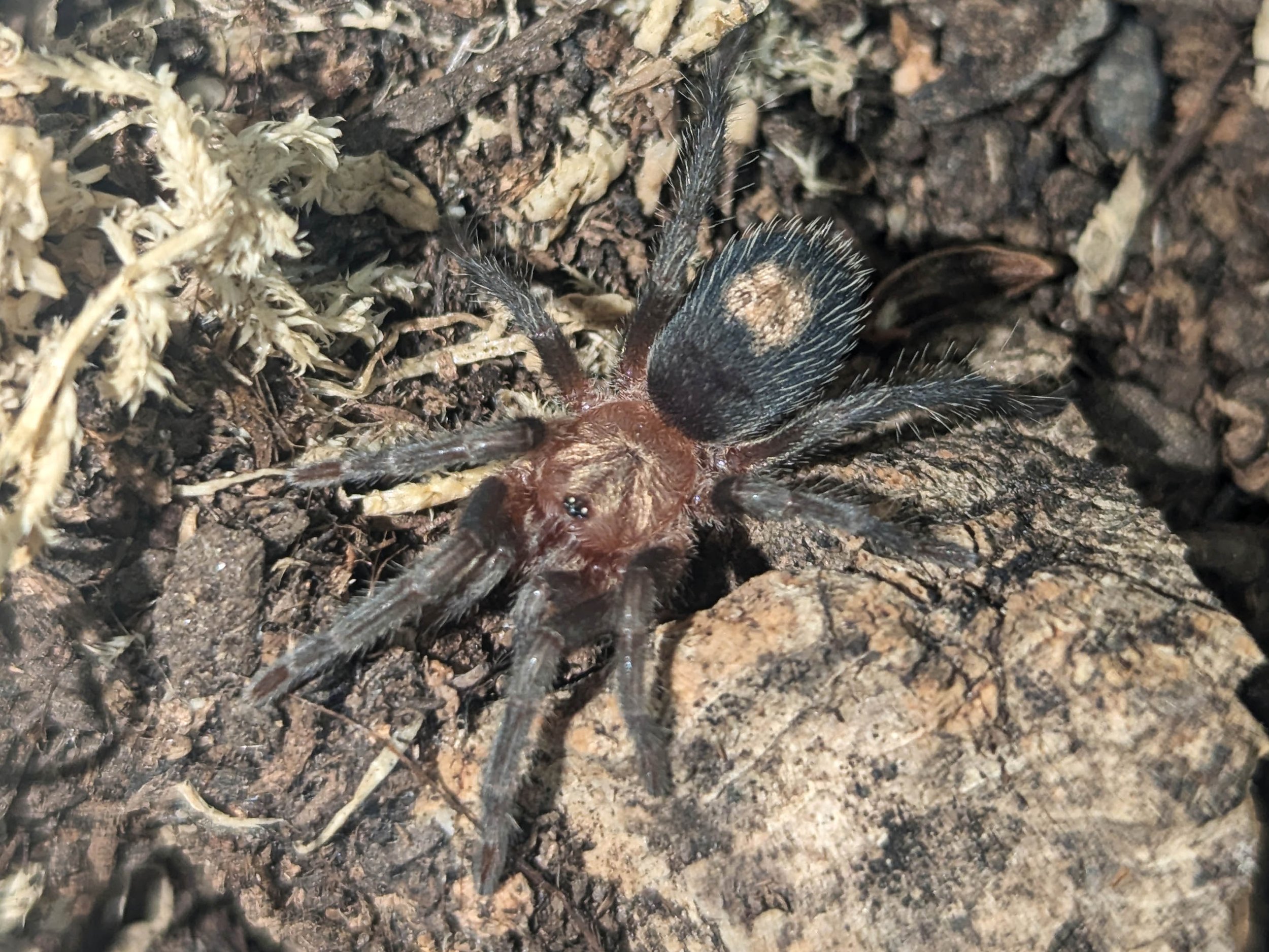 Image 1 of 4
Image 1 of 4

 Image 2 of 4
Image 2 of 4

 Image 3 of 4
Image 3 of 4

 Image 4 of 4
Image 4 of 4





Psalmopoeus pulcher
The Psalmopoeus pulcher or Panama Blonde Tarantula is like the inverted cousin of the Psalmopoeus irminia, visually, at least. In terms of personality, you can expect them to act exactly like the Irminia and Cambridgei species. Fast as lightning and typically hiding behind the ‘dirt curtains’ they make within their hollowed-out tree trunk or hide, these skittish teleporters are as fast as they are beautiful. They are a new world tarantula, and lack urticating hairs but tend to have more medically significant venom to make up for it.
The Psalmopoeus pulcher or Panama Blonde Tarantula is like the inverted cousin of the Psalmopoeus irminia, visually, at least. In terms of personality, you can expect them to act exactly like the Irminia and Cambridgei species. Fast as lightning and typically hiding behind the ‘dirt curtains’ they make within their hollowed-out tree trunk or hide, these skittish teleporters are as fast as they are beautiful. They are a new world tarantula, and lack urticating hairs but tend to have more medically significant venom to make up for it.
The Psalmopoeus pulcher or Panama Blonde Tarantula is like the inverted cousin of the Psalmopoeus irminia, visually, at least. In terms of personality, you can expect them to act exactly like the Irminia and Cambridgei species. Fast as lightning and typically hiding behind the ‘dirt curtains’ they make within their hollowed-out tree trunk or hide, these skittish teleporters are as fast as they are beautiful. They are a new world tarantula, and lack urticating hairs but tend to have more medically significant venom to make up for it.
What’s the ideal diet for a Panama Blonde Tarantula?
All Tarantulas can eat a variety of feeders. We recommend crickets, dubia roaches, silkworms, horned worms occasionally, and a superworm or mealworm as the occasional treat!
How should I keep a Panama Blonde Tarantula?
We recommend starting with a small Arboreal Bliss enclosure. When they are about ⅓ the size, you’ll want to upgrade to a medium or large Arboreal Bliss enclosure, depending on the tarantula. Feed them as slings once a week, twice if their opisthosoma (abdomen) looks small, but if the opisthosoma is wider than their prosoma (pneumothorax), then wait a couple of days to feed. Feed juveniles or adults nothing larger than their opisthosoma once a week. Make sure to keep a filled water dish at all times. Wider and deeper is fine; your tarantula can’t drown. They’ll float on top of the water.
How long could a Panama Blonde Tarantula live?
Females are believed to live upwards of 15+ years in captivity, and even males can live upwards of 3-4 years of age. All estimates are based on multiple sources.
Some photos provided by iNaturalist, credit to:
Kai Squires, some rights reserved (CC BY)



